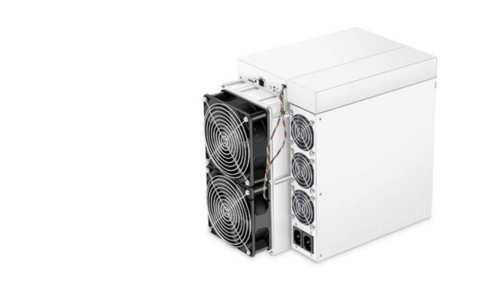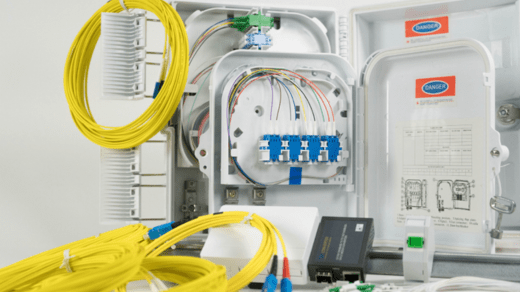how to clean abs sensor without removing wheel
Cleaning an ABS (Anti-lock Braking System) sensor without removing the wheel is possible, but it requires access to the sensor and some basic tools. The ABS sensor is typically located near the wheel hub behind the brake rotor. Here’s how to clean it without taking off the wheel:
https://fastspotter.com/how-to-check-tire-pressure-on-2022-vw-atlas/
https://fastspotter.com/how-to-check-tire-pressure-on-vw-tiguan-2022/
https://fastspotter.com/how-to-check-top-speed-on-dodge-charger/
Materials You’ll Need:
- Jack and jack stands (optional, for added safety)
- Wheel chocks
- Socket set and ratchet
- Wrench (if needed)
- Rag or cloth
- Brake cleaner spray
- Toothbrush or soft-bristle brush
- Flathead screwdriver (optional)
- ABS sensor-safe grease or lubricant (optional)
Steps to Clean an ABS Sensor Without Removing the Wheel:
- Prepare Your Vehicle:
- Park your vehicle on a flat surface and engage the parking brake. If you have them, use wheel chocks on the opposite wheels to prevent rolling. Safety is essential when working on a car.
- Lift the Vehicle (Optional):
- If you have access to a jack and jack stands, you can lift the corner of the vehicle where you need to clean the ABS sensor. Ensure that the vehicle is securely supported on the jack stands before proceeding.
- Locate the ABS Sensor:
- Look for the ABS sensor, which is typically located near the wheel hub behind the brake rotor. It will have a wire running from it.
- Disconnect the Sensor Wire (Optional):
- Some ABS sensors have a connector that can be disconnected to make cleaning easier. If your sensor has a connector, gently disconnect it.
- Clean the Sensor:
- Spray brake cleaner directly onto the ABS sensor and the area surrounding it. Brake cleaner is effective at removing brake dust, dirt, and debris. Use a toothbrush or a soft-bristle brush to gently scrub the sensor and remove any stubborn dirt or grime. Be cautious not to damage the sensor while cleaning.
- Inspect for Damage:
- While cleaning, inspect the ABS sensor for any signs of damage or wear. Check the sensor tip for cracks or missing pieces. If you notice any damage, it’s best to replace the sensor.
- Dry the Sensor:
- Allow the ABS sensor to air dry completely after cleaning. Ensure that there is no remaining brake cleaner residue.
- Apply Lubricant (Optional):
- If desired, you can apply a small amount of ABS sensor-safe grease or lubricant to the sensor tip. This can help prevent debris from sticking to the sensor in the future. Be cautious not to over-apply, as excess grease can attract dirt.
- Reconnect the Sensor Wire (if disconnected):
- If you disconnected the sensor wire, make sure to reconnect it securely.
- Lower the Vehicle (if lifted):
- If you lifted the vehicle, carefully lower it to the ground.
- Test the Brakes:
- Before driving, it’s a good practice to test your brakes in a safe, open area to ensure they are functioning correctly after the cleaning process.
Cleaning the ABS sensor can help maintain the proper functioning of your vehicle’s anti-lock braking system. However, if you have any doubts about your ability to perform this task or if the sensor appears damaged, it’s best to consult a professional mechanic for further inspection and repair.
Also Read:
https://fastspotter.com/how-to-check-oil-on-honda-pioneer-1000-5/
https://fastspotter.com/how-to-check-oil-on-honda-pioneer-1000-5/






